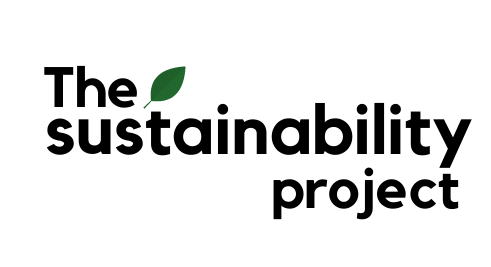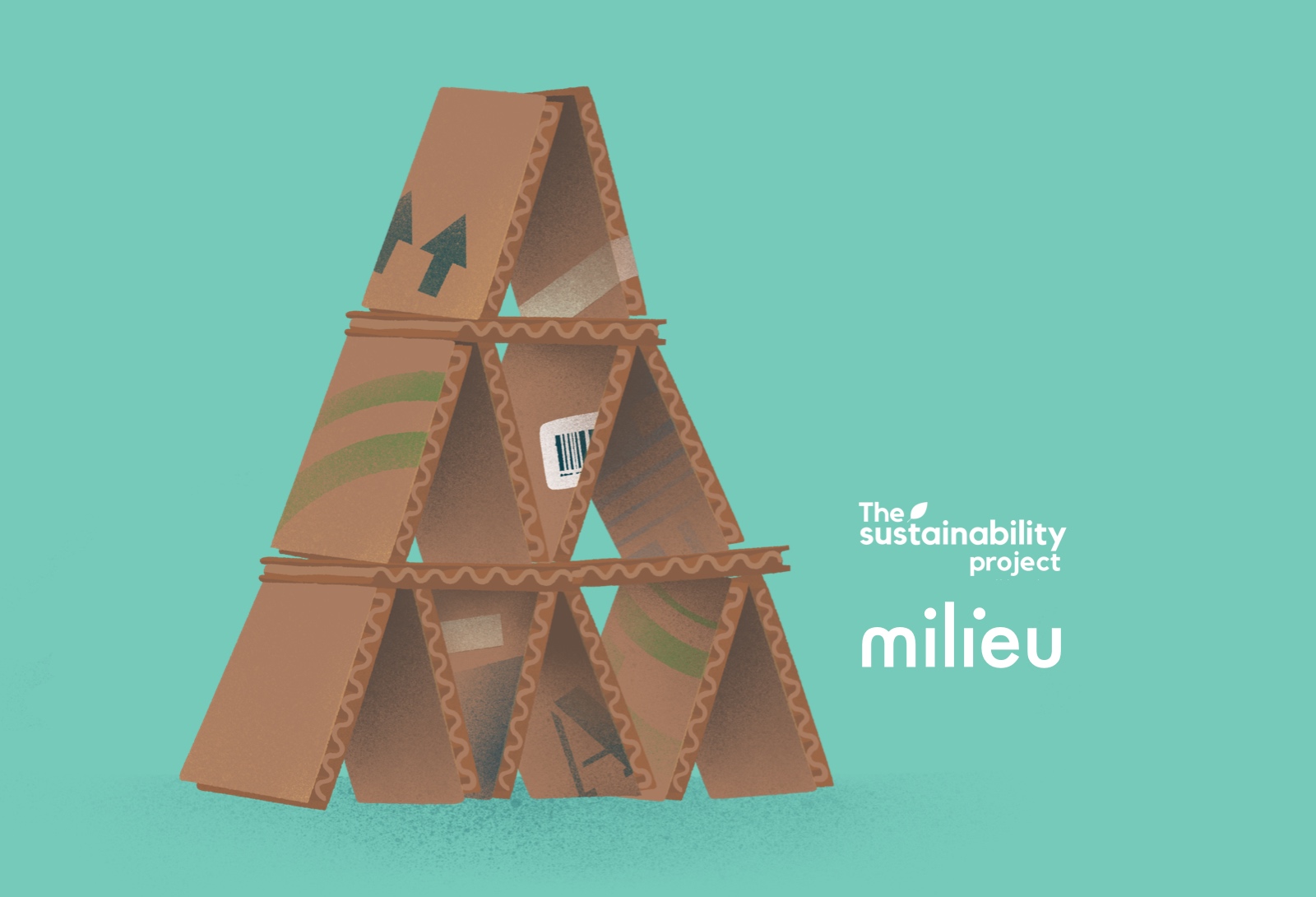This article was originally posted on Milieu.
Packaging has long been regarded as an important aspect of marketing and branding, and has served to boost brand recognition, distinguish brands from competitors and elevate consumers’ perception of a commodity to that of a lifestyle or status cue.
However, as sustainability shifts into consumers’ decision-making process, brands are feeling the pressure to rethink what goes into not just their products, but the packaging as well.
In Singapore, several brands have introduced reused packaging initiatives, which collect and redistribute packaging to businesses or consumers, essentially creating a circular system to give packaging a second life, or even goes on to the third, fourth and so forth.
In collaboration with Singapore’s online-based business, The Sustainability Project, we find out consumers’ receptivity towards reused packaging initiatives, and how brands under their Zero Waste Packaging Initiative are shifting Singapore’s ecommerce and retail landscape by building their businesses with reused packaging.
About Zero Waste Packaging Initiative: Started by The Sustainability Project, it is a ground-up movement to encourage businesses to adopt a circular packaging system, provide support and recognise businesses who reduce their waste through these means.
Why choose reused, and not recyclable, biodegradable or compostable?
In 2020, Singapore’s recycling rate fell to a 10-year low at 52%, and domestic (i.e household) recycling rates dropped from 17% in 2019 to 13% in 2020.
While the government has amped up efforts to increase recycling rates, for instance by distributing recycling bins to households, recycling efforts can be easily hampered by contamination, improper handling and besides, recycling also does not come without environmental impacts.
Biodegradable or compostable materials are not the best solutions because firstly, composting is uncommon in Singapore, and secondly, the incineration waste management system means that everything that’s not recycled or composted gets incinerated anyway. These alternatives thus do little to reduce the amount of waste generated by the country.
We find out from Joline Tang, founder of The Sustainability Project and Zero Waste Packaging Initiative on what inspired her to start this initiative, and the impact it has created:
“As a brand and person who is trying to lead a zero waste lifestyle, purchasing new packaging didn’t feel right. We continually shared on social media on the type of packaging we use and we saw more small businesses and organisation start to adopt the used packaging method.
In 2020, I decided to kickstart the Zero Waste Packaging Initiative to normalise used packaging and encourage people to practise and accept it! I set the initial goal of saving 20,000 pieces of packaging by 2025 and I am happy to share that we just hit our goal recently, with the combined effort of over 40 businesses.”

What’s driving brands to join the zero waste movement
Based on our survey with N=1,000 Singaporeans and residents, we found that only less than 4 in 10 have heard about reused packaging initiatives or platforms in Singapore. Safe to say, such initiatives have yet to take off into mainstream usage. However, on a more optimistic note, the survey also revealed that about 6 in 10 respondents like the idea of a reused packaging system, especially among Gen Zs (71%).
.png)
Commenting on the findings, Joline added: “The survey definitely showed us that there is still a lot of work to do with regards to the normalising of used packaging and sharing about the Zero Waste Packaging Initiative. Ultimately, with the time, space and effort spent on collecting, sorting and redistributing the used packaging, there is a certain form of cost incurred.”
“Our goal is also to let people understand that sustainability doesn’t necessarily come free and there are costs involved to make it happen.”
However, we also found that a sizeable number in the population (51%), especially Gen Zs (60%), tend to prefer that packaging comes with brands’ logos, which brings us to the question – how do brands that use reused packaging reconcile their zero waste choices with brand recognition?
We spoke to a few founders of local businesses to find out why they joined the Zero Waste Packaging Initiative and some of the feedback they have received from their customers.
Urban potter duo and founders of Eastfield Ceramics, Megan Miao and Sam Tan who create functional ceramic homeware add:
“We chose to join ZWPI because the cause aligns with our values and what we believe in. Our mission is to make wares for beautiful and cosy homes, and we believe that the experience of using our work as a permanent fixture in the home beats out the temporary rush from stylish packaging. Reducing packaging waste also goes a long way in spreading the right mindset about how we can care for our environment.”
Brand recognition is not at all impossible, and in fact, Megan and Sam embraced reused packaging as part of their brand identity.
“We share about our packaging process often on our social media, so it’s part of our brand identity (embrace the imperfection!). We also have stamps with our logo, which we use on our deliveries.”

A tip or two for other brands who are still on the fence about going zero waste
The feedback that brand owners received about reused packaging has so far been very positive.
“We used to have an option for customers to choose reused or brand new packaging (at a slightly higher cost) but 99% of customers picked reused packaging so now we don’t even offer the brand new packaging option anymore. When customers understand why we do it, they are generally very receptive and encouraging,” Hsin and Laura of online cloth diaper retailer, Little Lalang, shared with us.
In bridging this gap between the brands’ decision to reuse used packaging and consumers’ acceptance of such initiative, the founders of Little Lalang urged brands to be very clear with their positioning, and communication with customers is key:
“Be very certain why you are offering reused packaging and the positive impact of it so that you can explain it well to your customers. If you focus on offering high quality products and excellent customer service, your branding will still be very strong.”
Circular packaging systems may still be in their infancy in Singapore, but their impact is nevertheless significant, and important. Understandably, brands may have concerns about customer feedback, the logistics and marketing with the use of reused packaging, especially at larger scales.
Joline of The Sustainability Project and Zero Waste Packaging Initiative tells us how she helps brand adopt reused packaging systems better:
“We usually collect packaging, sort them, and do quality checks before distributing them so brands can easily access used packaging whenever they need. If we don’t have what they need, we will help to do shoutouts on our social media accounts. For now, we are trying to focus more on getting demand and more organisations to reuse used packaging and push the normalisation of used packaging.
As for brands who are keen to reduce their packaging waste, I’d say be creative with how you do Also, ensure you let your customers know about your packaging methods as communicating this aspect is key.”
Methodology
In collaboration with The Sustainability Project, the ‘Reused Packaging Initiative Study’ survey was conducted via Milieu Insight’s proprietary survey community with N=1,000 respondents in Singapore, representative of the resident population by age and gender, in March 2022.


We appreciate for sharing this valuable content. MOPI Singapore has been supporting reuse packaging for very long time. Keep writing and sharing.
Thanks